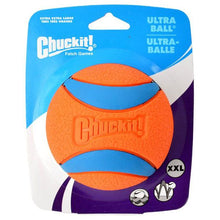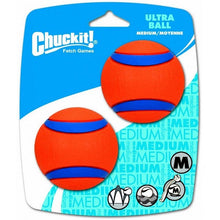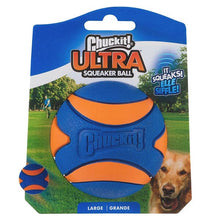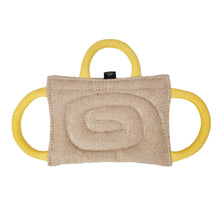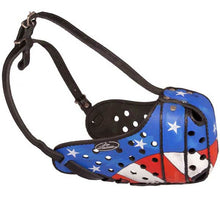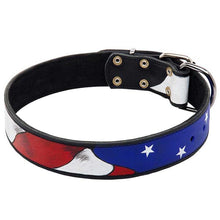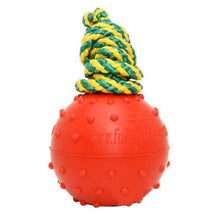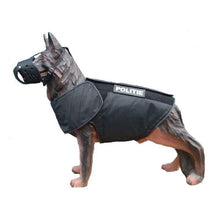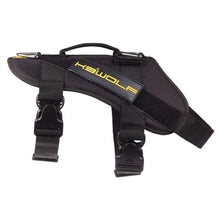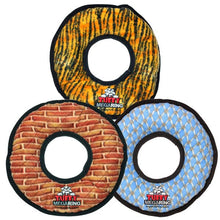Easing Joint Pain In Senior German Shepherds
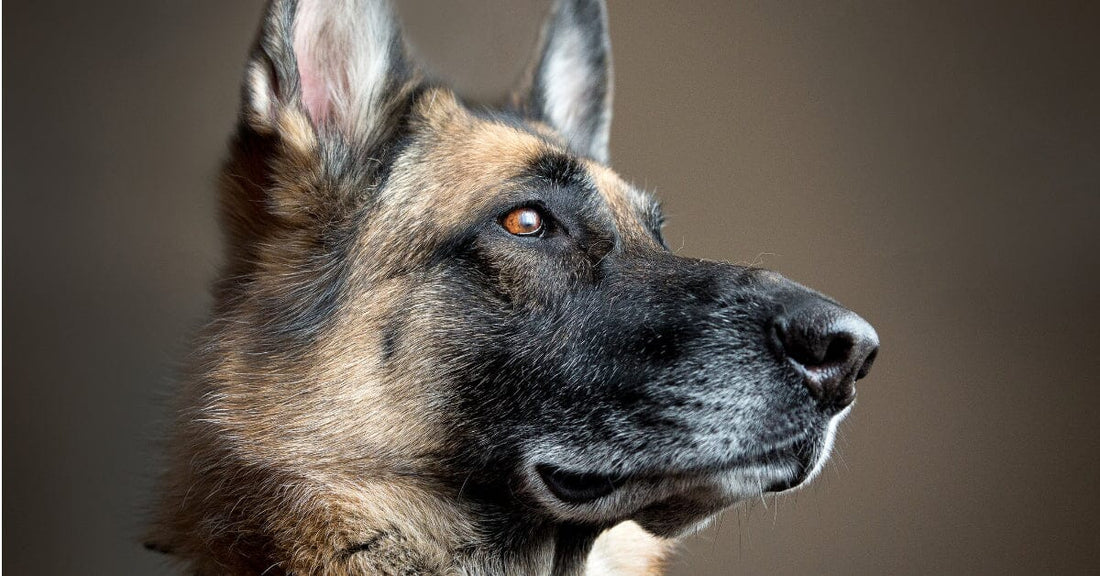
Just like with humans, as German shepherds age, they may begin to suffer from joint pain and inflammation. When they do, there are things you can do to help keep them as active and pain-free as possible.
Arthritis, also known as osteoarthrosis (OA), can be a common problem for older dogs, especially in active breeds such as German shepherds. The years of wear and tear on their joints can eventually catch up with them. And, when it does, they begin to slow down, have trouble standing, and even be reluctant to do some of the things they love.
Osteoarthritis is a chronic and progressive joint disease that gets worse over time. It causes a loss of joint cartilage, which leads to changes in the bones. When that happens, dogs begin to suffer from pain and inflammation in the affected areas. Sadly, 20% of dogs regardless of age show evidence of arthritis.

Some symptoms of arthritis and other joint problems include:
• Slowing down
• Licking joints
• Swollen joints
• Limping
• Lameness
• Slipping
• Stiffness
• Difficulty standing
• Behavior changes
• Pain when touched
• Muscle wasting
• Gait changes
• Lethargy
• Depression
• Difficulty with stairs
• Difficulty jumping
• Legs buckling
• Panting
But, arthritis isn’t the only joint condition that can cause painful joints. Many problems can affect tendons, cartilage, bursae, and fluid within the joints. These may be caused by genetics, joint abnormalities, degeneration, injury/trauma, infection, cancer, immune system problems, obesity, or poor nutrition.

Some of the common joint problems seen in German shepherds include:
• Osteoarthritis
• Hip dysplasia
• Elbow dysplasia
• Cruciate ligament injury
• Osteochondritis dissecans
• Spinal stenosis
• Joint laxity
• Panosteitis (pano)
There are some things you can do to help ease the pain in your senior German shepherd to improve the quality of their life. Such as:
Keep your dog a healthy weight
There are many ways your dog can develop arthritis, but obesity will speed up the process. Not only that, but it can also make them less active and more prone to injury. Even worse, according to Tufts University, that extra fat increases inflammation. Inflammation increases pain and can put your dog at risk for other diseases. Even a small weight loss can improve lameness in dogs suffering from arthritis pain.

Feed your dog a healthy diet their entire life
Feed your dog a healthy diet to help prevent joint disease. Start by making sure you start them out on a puppy or all-life-stage food with the AAFCO statement that says something like one of these:
"Animal feeding tests using AAFCO procedures substantiate that (Pet food name) provides complete and balanced nutrition for growth, including the growth of large size dogs (70 lb or more as an adult)."
"(Pet food name) is formulated to meet the nutritional levels established by the AAFCO Dog Food Nutrient Profiles for growth, including the growth of large size dogs (70 lb or more as an adult)."

"(Pet food name) provides complete and balanced nutrition for growth, including the growth of large size dogs (70 lb or more as an adult), and is comparable in nutritional adequacy to a product which has been substantiated using AAFCO feeding tests."
Large breed puppy food and all life-stage food for large breed growth (all life-stage food is puppy food) will have the correct calcium and phosphorus ratio of 1.1:1 to 1.4:1, which will prevent the type of deficiencies and excesses that lead to the rapid growth that contributes to joint problems.
After your puppy reaches their adult weight at 18-24 months, you can switch to an adult maintenance diet or keep them on all life stages. Some diets formulated for large dogs have fewer calories per cup, may be lower in fat, or contain additional glucosamine and omega-3 fatty acids so be sure to read the nutritional analysis to meet your individual pet’s needs.
Ironically, the AAFCO doesn’t specify senior dog food nutrient requirements so manufacturers can market any dog food for seniors. But that doesn’t mean there aren’t any good ones out there. You’ll have to read the labels and take your dog’s health condition into account when switching to a senior dog food.

Add supplements to their diet
There are tons of supplements on the market and not all are created equal. Many make wild promises but don’t provide a therapeutic dose. It can help to talk to an expert about dosing and what may help your dog.
Some of the most commonly recognized supplements that help ease joint pain and reduce inflammation include omega-3 fatty acids (fish oil), glucosamine, chondroitin, collagen, CBD oil, and turmeric.
Adjust to moderate or low activity
The days of running and hard play may be in the rear-view mirror but that doesn’t mean they can no longer enjoy activity. Low-impact exercises such as short walks, swimming, gentle play, and sniffing games can help maintain muscle strength and joint flexibility without putting too much strain on the joints. Buy toys that don’t roll to prevent your dog from running indoors.

Consider physical therapy
Physical therapy, exercise, and hydrotherapy may help improve strength, mobility, and reduce pain in your senior dog. A physical therapist can also customize an exercise routine to do at home to help improve your dog’s specific problem.
Try natural health therapies
As more owners have turned to holistic care for their dogs, it’s easier to find alternative therapy providers. Cold laser, acupuncture, massage, and chiropractic can help you keep your dog moving and reduce pain. Many vets now provide these services or can refer you to someone who can.
Ask for pain medication when the time comes
Although most owners prefer a more natural approach to pain relief, there may come a day when your dog needs more help to maintain a good quality of life. Talk to your vet about the pain management options suitable for your dog.

Prevent jumping and running injuries
Prevent your dog from jumping to help protect their joints and back. Consider using stairs or ramps to help them get into your vehicle and on the furniture, such as your bed. Bolting and hard running are hard on joints. Try to control your dog’s environment as much as possible to prevent them from injuring themselves.
Invest in supportive bedding
Investing in supportive bedding in areas of your home where your German shepherd rests and sleeps can help support their joints making it easier to stand up and walk and reduce pain.

Scatter rugs
If you have hard floors, scatter rugs can be a good solution to help give your older dog more traction and stability to help prevent slipping, excess gripping with their toes, and prevent falls. Rugs in wet areas can also help prevent slips and falls.
Pay attention to paws
Keeping your dog’s nails and the fur between their pads trimmed is important when they have joint problems. Dogs with long nails and long fur between their pads can lose traction, slip more easily, aggravate existing joint problems, or even become injured.
Traction socks
Indoor socks can be a lifesaver for older dogs that slip because of weak limbs, loss of muscle mass, back problems, and joint pain. Choose socks with traction on both sides and use Velcro straps with caution because they can cause pressure sores and cuts. Vet wrap is perfect for holding socks in place and doesn’t cut into the skin around their ankles.

Vet care
Never assume your dog’s pain is arthritis or related to old age. It’s always a good idea to have them checked out by a vet to be sure there aren’t any other underlying health problems going on. If their issues are related to joint pain, your vet can help you with supplements, food recommendations, referral to a nutritionist, and other natural health practitioners, if needed.
We hope these tips help you keep your older dog healthy and happy for years to come. As always, please feel free to share with your friends.
You might also like: Holistic Health Care For German Shepherds: Exploring Alternative Therapies And Practices




